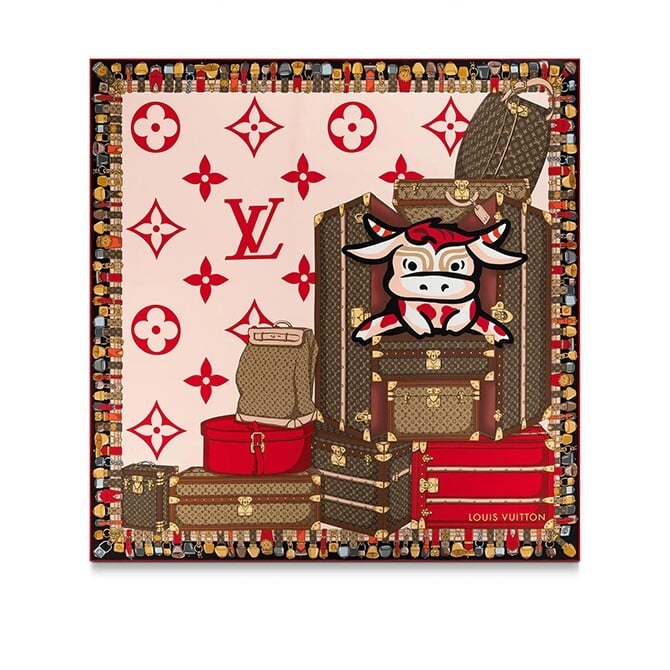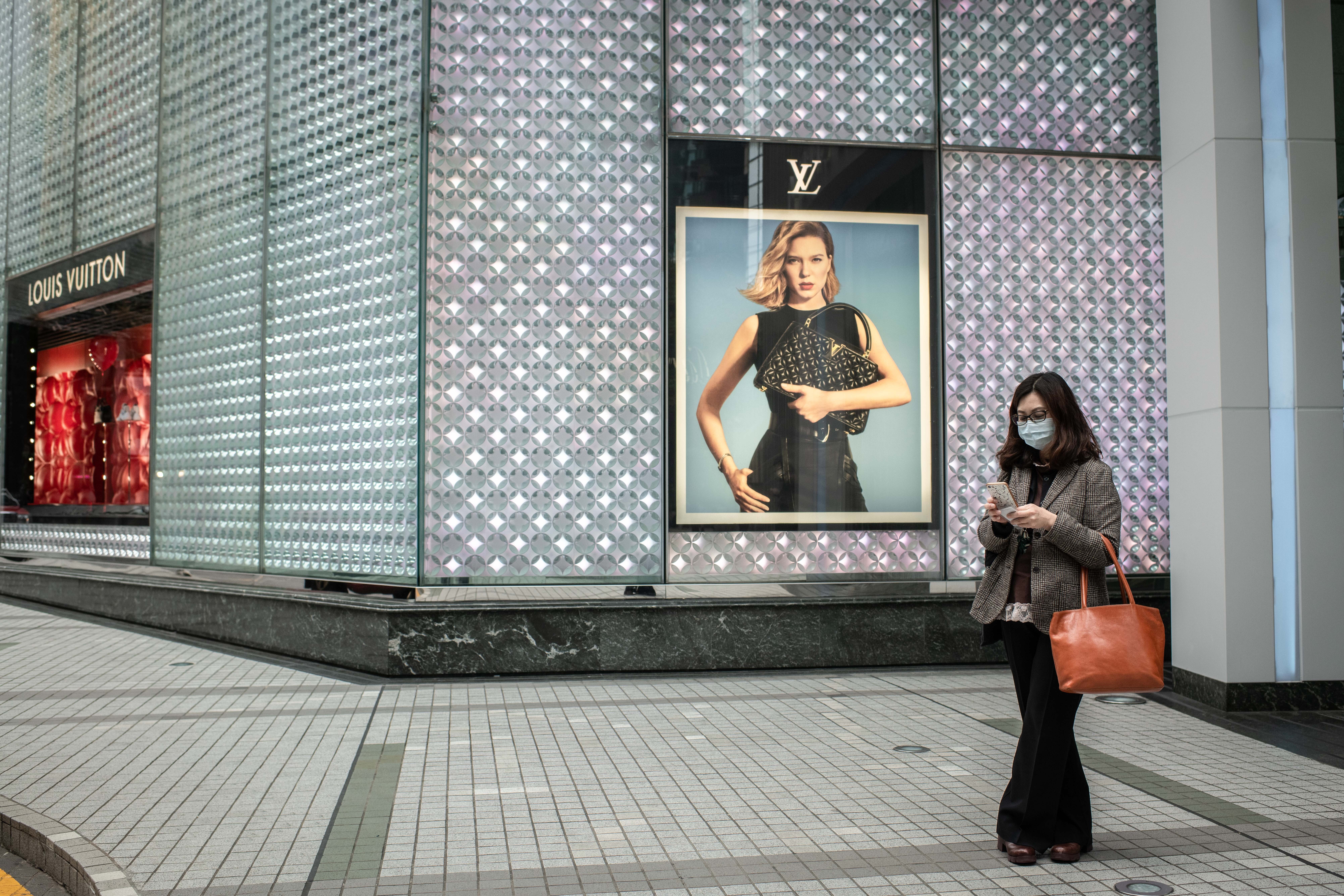Opinion / What Mercedes can learn from Louis Vuitton about storytelling: luxury brands need to connect heritage to millennials’ sense of now

- A Gen Zer in the market for luxury doesn’t much care if your brand has been around for hundreds of years, it’s the story that counts
- Fashion houses like Louis Vuitton and Gucci – that have regularly updated a consistent brand story for decades – are great role models
This article is part of Style’s Luxury Column.
Mercedes recently announced the 2021 Mercedes-Maybach GLS. The company website states that “The GLS represents the peak of SUV luxury. But to earn Mercedes-Maybach badge, even this superlative vehicle needed to reach new heights.”
Mercedes has changed its strategy significantly at recent Maybach launches compared to earlier, failed, approaches. When Mercedes first brought the almost forgotten brand back in 2002, it tried a stand-alone approach. The Maybach 57 and limousine-style Maybach 62 were based on the soon-to-be-replaced Mercedes S-class at that time, but with clumsy modifications. At the time, Fortune magazine wrote that, “Mercedes took an ageing S-class chassis and plopped an absurdly elongated body on it … rather than develop a new car from the wheels up.”
The Maybach project had been launched by Mercedes in an attempt not to fall behind Volkswagen and BMW, who both challenged its leadership position in large luxury sedans with the Bentley and Rolls-Royce brands that they had acquired at that time.

As a result, the launch of the first Maybach became a financial disaster – few cars were sold and for many, the car lacked any relevance and the technology was already obsolete when the car was launched. Primarily an oversized car with little practical function, it only really shone in terms of interior comfort which, at the time, was unparalleled.
It’s not a surprise that these cars mainly ended up being used as hotel shuttles and for high-end limousine services. Few people decided to buy one and use it as a private car. There was simply no storytelling and little desire created beyond its fancy interior. What Mercedes should have learned from that launch is that luxury is in the story.
To create extreme value, storytelling is everything. History can be part of a story and Maybach has a long history reaching back to the late 1800s, with its pinnacle flagship car, the 1929 Maybach Zeppelin convertible. However, as a result of the financial crisis of the 1930s and the second world war, the brand disappeared and was largely forgotten. Mercedes launched the brand with a historic name that no one remembered and that had zero contemporary meaning for a modern world. I am sure that if asked, at launch of the Maybach 57, practically no one had heard about the brand.











